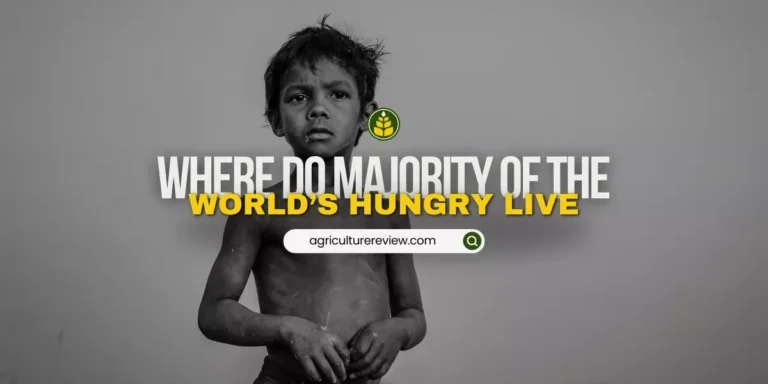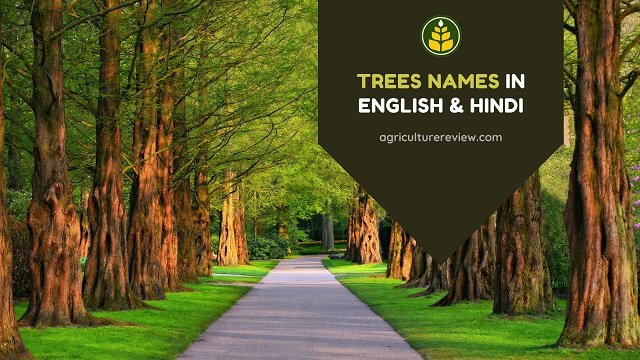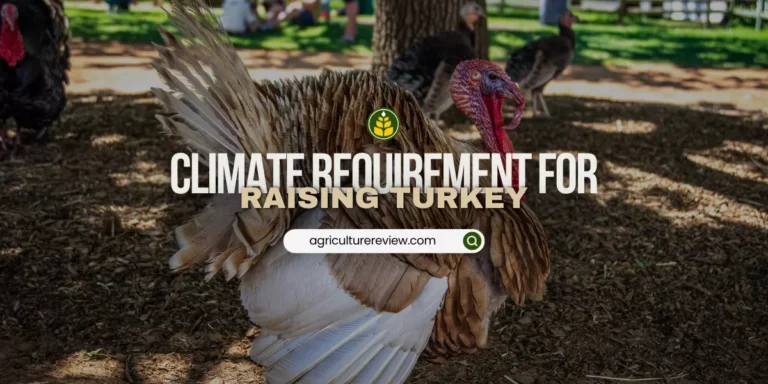According to historical records, the domestication of rice started in the Yangtze River basin in China between 13,500 and 8,200 years ago. However, there are two distinct types of rice that were domesticated, Oryza sativa (Asian Rice) and Oryza glaberrima (African Rice). Oryza sativa which is distributed in Asia was domesticated near the Yangtze River basin in China, while Oryza glaberrima was domesticated in the floodplains of the Inland Niger Delta in West Africa around 3,000 years ago.

According to the Archaeological Evidence, in Ganjigana, northeast Nigeria, ceramic impressions of rice grains dating from 1800 BC to 800 BC were found. We can also notice the linguistic evidence of African rice in several West African language families that used words associated with rice. Moreover, a hypothesis predicts that the cultivation of African rice started in floodwaters using floating rice cultivars, later on, it spread to brackish waters and upland fields.
Asian rice was also introduced in the African rice belt and they were being cultivated side by side.
The evidence of Asian rice cultivation in China can be seen at various sites in the region, including Shangshan and Bashidang (8000 BC). Later on, rice cultivation spread to the Yellow River basin in Central China around 3000–2000 BC and towards the region of Taiwan and Vietnam around 2500–2000 BC.
According to the records, evidence of rice consumption in India can be seen at Lahuradewa in the Ganges Valley dating to 7000–5000 BC. However, the evidence of the cultivation of rice in India on a large scale during that period is still a matter of debate. At present China is the largest producer of rice in the world with annual production of about 148.99 million metric tonnes of rice in 2022. India is the second largest rice-producing country with annual production of around 129.47 million metric tonnes of rice.
If you have any queries, ideas or suggestions, then please comment below. You can also connect with Agriculture Review on Facebook, Instagram, Koo and WhatsApp Messenger.





